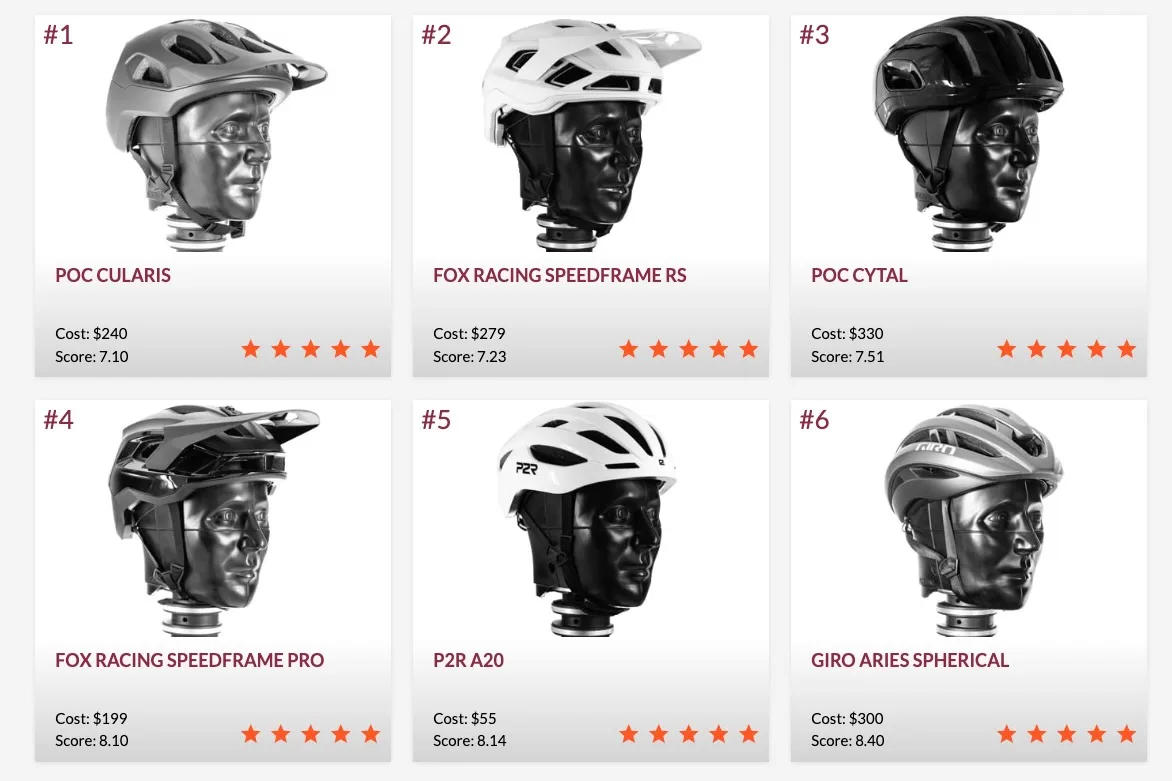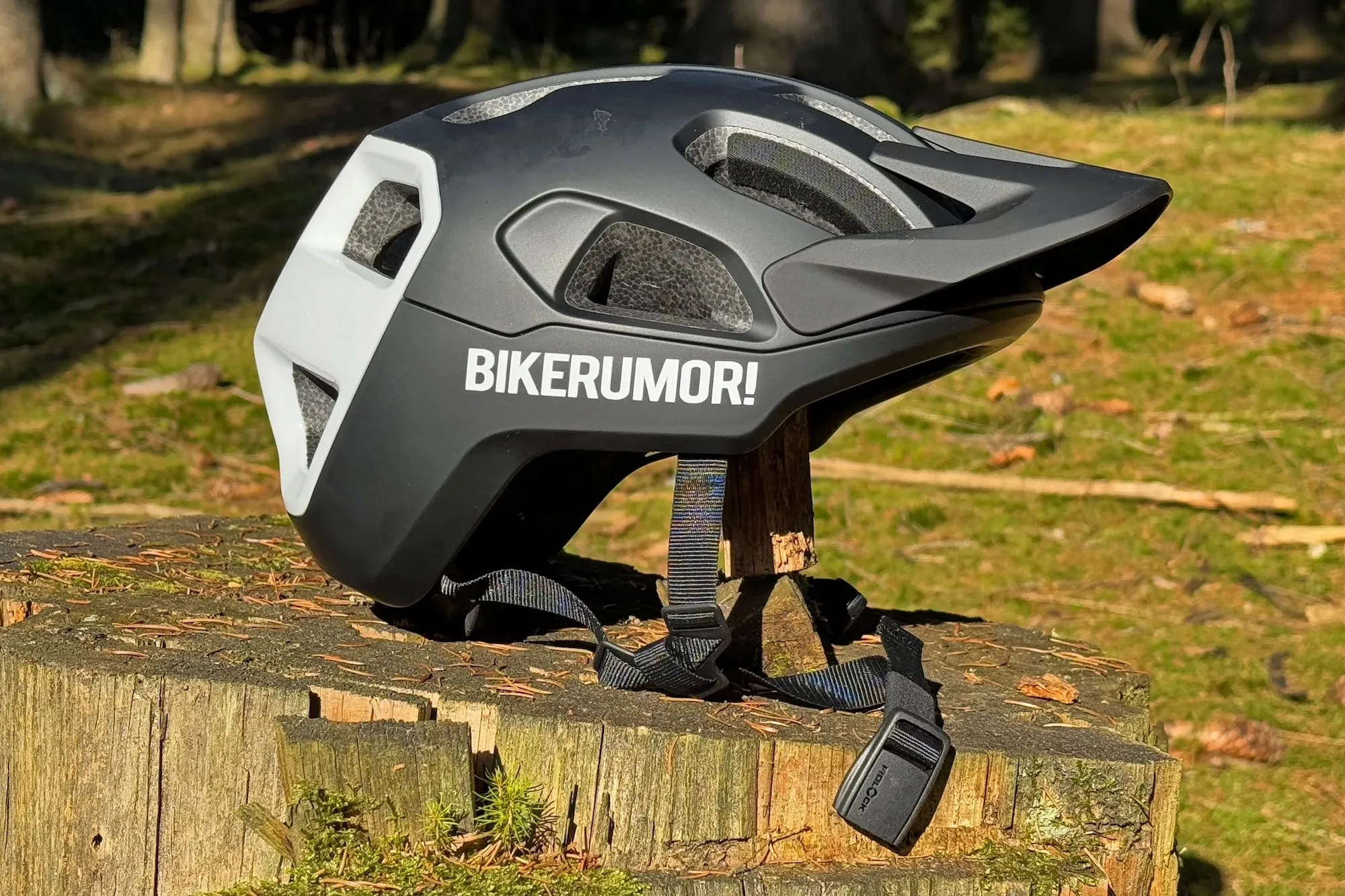Earlier this month, the Virginia Tech Helmet Lab released a memorandum explaining an update to its STAR rating score thresholds for bicycle and football helmets. Turns out, helmets are getting safer, and the helmet test team felt “the 5-star label had become diluted.” So, they felt this threshold adjustment was needed “to restore the ability of our system to differentiate.” Essentially, it had become too easy for modern helmets to earn a 5-star rating under the old scoring thresholds.
Virginia Tech Helmet Test Lab
If you are unfamiliar, the Virginia Tech Helmet Test Lab has been independently testing and rating bicycle helmets since 2018 and has become one of the most trusted sources for comparative impact performance data. Using a standardized testing protocol, Virginia Tech has tested hundreds of bicycle helmets — along with other sports like football, equestrian, and snow sports — to provide objective comparative data to inform consumers and manufacturers alike.

I’ve tested dozens of helmets for reviews and buyer’s guides over the years, and I’ve often referenced Virginia Tech’s helmet ratings. Not necessarily because its the be-all and end-all of a helmet’s protective qualities, but because they are pretty much the only resource for this type of standardized, comparative impact test data. According to Virginia Tech’s recent memo, “For consumers, this system highlights performance differences that are not visible from price or marketing claims. For manufacturers, our test protocols and performance thresholds offer a benchmark for innovation and improvement.”
And improve they have. Recently, scoring well in Virginia Tech’s impact testing has become a big selling point, with brands seemingly competing for top honors and one-upping each other’s scores and ranks. In the past year alone, the new Fox Speedframe models launched with the top ranking, only to be bested a month or so later by the new POC Cularis and Cytal helmets before they were even available to the public.

Safer Helmets
Over time, new materials, technologies like Mips, and designs have improved the protective qualities of bicycle helmets — and some of that can likely be attributed to Virginia Tech’s independent testing. Virginia Tech states that when it started rating bike helmets in 2018, only 4 out of 30 (~13%) earned 5 stars. In 2025, a whopping 167 of 272 helmets (~61%) were rated 5-star.
While previously the test lab had predetermined, fixed score thresholds, “when the majority of helmets can earn 5 stars, the top category no longer distinguishes the very best.” Of course, this is a good thing as it indicates that helmet safety is improving, but it also makes it harder for consumers to differentiate the good from the best.
Adjusted Star Rating Thresholds
To remedy this, Virginia Tech has chosen to adjust its rating threshold. According to the memo, “To receive a 4- or 5-star rating, a helmet must perform within the top 50% based on its overall impact performance score. To distinguish between 4- and 5-star helmets, we computed the midpoint between the median-performing helmet and the best-performing helmet. Helmets closer to the top performer received 5 stars; those closer to the median received 4 stars.”
This shift has dramatically reduced the number of 5-star bicycle helmets from 167 to 38. Virginia Tech is also quick to point out that just because a helmet’s star rating has changed, “this is not because their performance has worsened, but rather the bar for top-tier performance has risen.” And that “in general, we recommend any 4- or 5-star-rated helmet.” That said, some previously 5-star rated helmets have dropped down to 3-stars under the recalibrated rating system.

Now, bicycle helmet manufacturers will need to work a little harder to get into and stay in the top 50% to earn those coveted 5-star ratings. Generally speaking, bike helmets are currently as safe as they’ve ever been, but a little healthy competition at the top should ensure that they just keep getting safer.
Check out Virginia Tech’s bicycle helmet ratings to see if your helmet has been tested and how it ranks. Otherwise, click through to the technical documents to learn more about Virginia Tech’s helmet testing protocol. It’s actually pretty interesting.
Helmet Ratings: helmet.beam.vt.edu/bicycle-helmet-ratings.html
Helmet Lab: (For more info about the lab itself, including a video tour) bold.beam.vt.edu/BOLDLabs/HelmetLab.html
